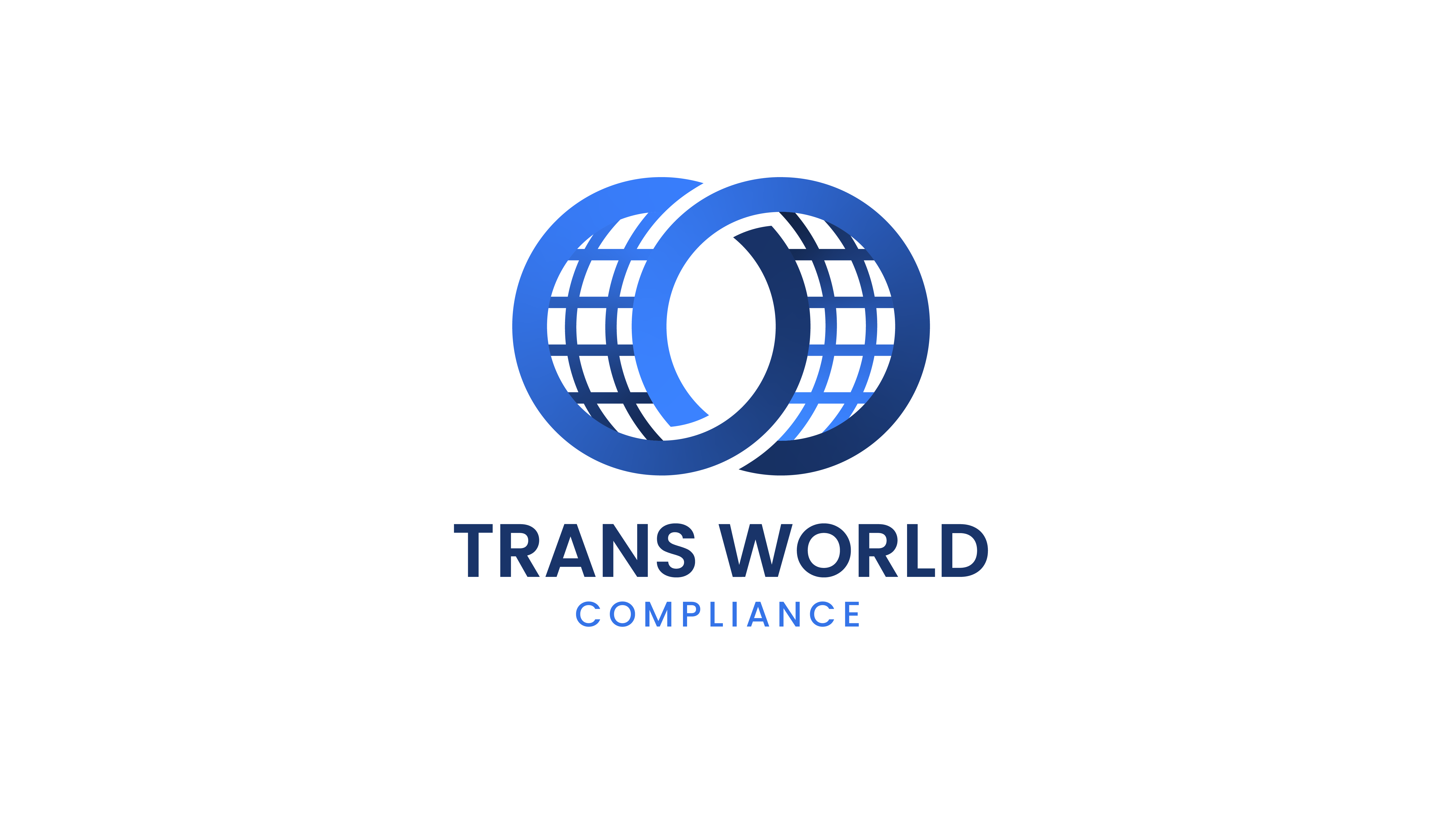Artificial Intelligence (AI) is now a major talking point in financial services. While it promises efficiency and innovation, its role in compliance, particularly in meeting Common Reporting Standard (CRS) and Foreign Account Tax Compliance Act (FATCA) obligations, deserves careful scrutiny. For institutions where accuracy, accountability, and transparency are non-negotiable, AI often raises as many concerns as it solves.
The Promises of AI in Compliance
1. Improved Data Handling
AI can identify inconsistencies and incomplete data more quickly than a human team, reducing some reporting errors. For instance, it might catch mismatches between a declared tax residency and a transaction pattern.
2. Faster Processing
AI tools can automate certain time-consuming tasks, such as XML validation or basic due diligence checks, making it easier to process large volumes of accounts during the reporting season.
3. Risk Flagging
AI can highlight unusual account activity that warrants deeper investigation, such as transfers inconsistent with declared residency.
While these points sound appealing, they are not without significant trade-offs.
The Downsides of AI in CRS and FATCA Compliance
1. Serious Data Privacy Risks
AI thrives on data volume, but this reliance increases the exposure of sensitive client information. A breach involving CRS or FATCA data could be catastrophic and, since regulators are unforgiving, the reputational damage can be irreversible.
2. Opaque Decision-Making
Regulators demand clear audit trails. Many AI systems, however, operate as “black boxes,” making it difficult to explain why an account was flagged or excluded. This lack of transparency is incompatible with the accountability required under CRS and FATCA.
3. Institutions Still Carry the Liability
AI vendors may market their solutions as reliable, but responsibility for errors always falls back on the financial institution. If AI misclassifies accounts or omits reportable information, regulators will hold the bank responsible and not the technology.
4. The Danger of Replicating Mistakes
AI models learn from historical data. If that data contains past errors or inconsistencies, AI can replicate and amplify them across thousands of records. In compliance, one mistake at scale can trigger widespread reporting failures.
5. High Costs and Expertise Gaps
Despite promises of efficiency, implementing AI requires heavy upfront investment and specialized oversight. Smaller institutions often cannot afford these tools—or the trained staff needed to manage them—without straining resources.
6. Complacency and Overreliance
There is a risk that staff place blind trust in AI outputs. In CRS and FATCA reporting, even a small systematic error can affect thousands of accounts, with regulators demanding explanations that AI alone cannot provide.
Why Institutions Should Be Cautious
AI has its place in financial services, but in CRS and FATCA compliance, the risks often outweigh the benefits. Data privacy concerns, lack of transparency, regulatory liability, and the danger of systemic errors make overreliance on AI a high-stakes gamble.
A more prudent approach is to view AI as a supporting tool—helpful in streamlining minor tasks, but never a replacement for human oversight.
Compliance officers, with their judgment and accountability, must remain at the center of CRS and FATCA reporting. Ultimately, in a regulatory environment where precision and trust are paramount, caution should outweigh enthusiasm.




